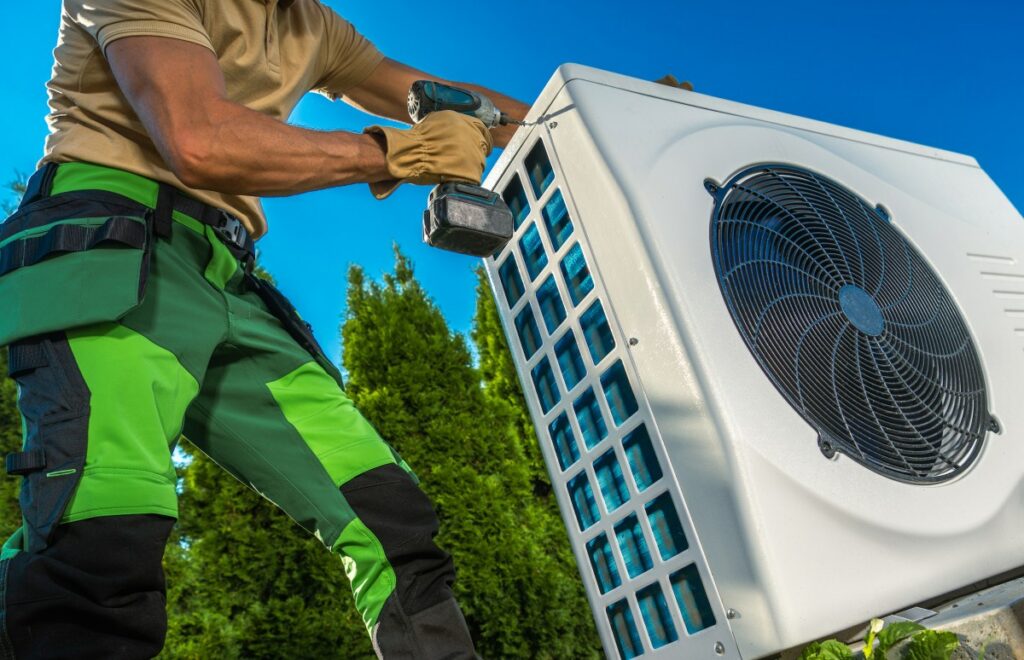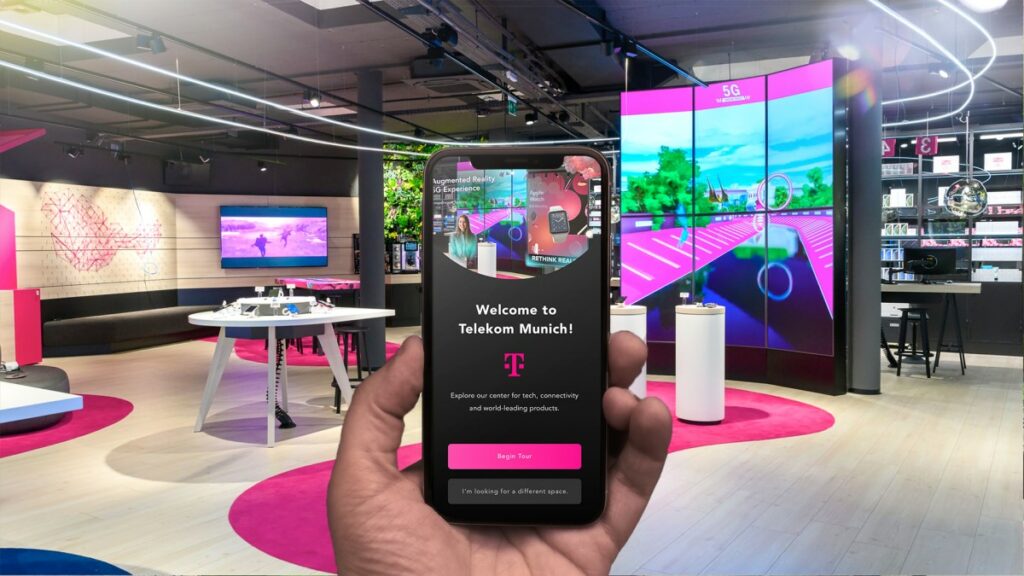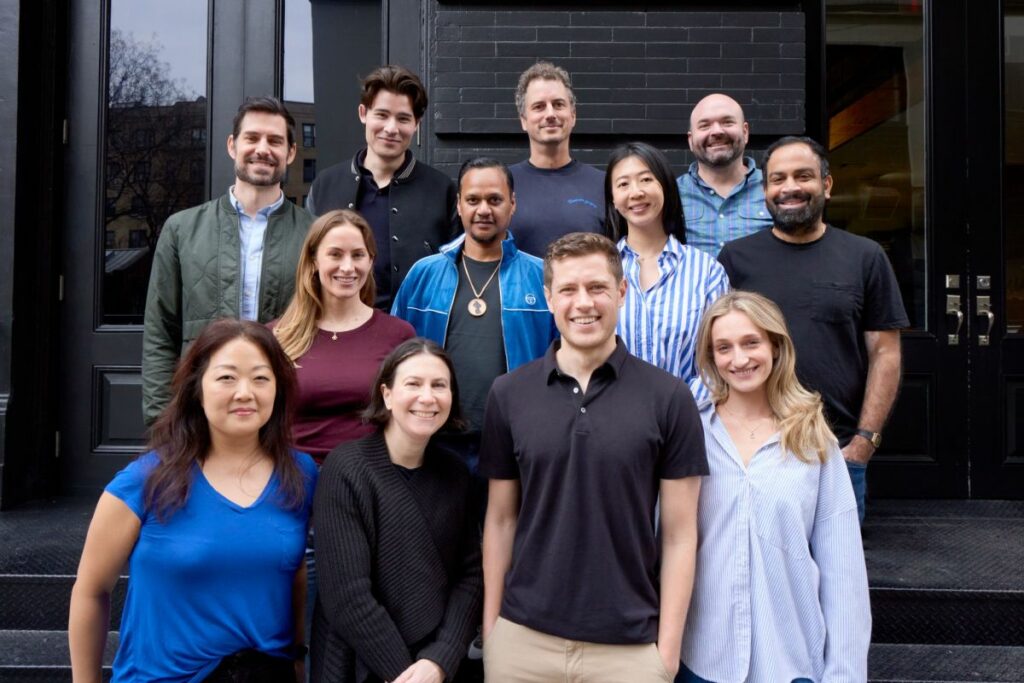Field service engineers may not be the first group of customers that come to mind when you think about lucrative opportunities in B2B technology. But that same blind spot speaks of the opportunity in the space for those who are stepping up and targeting “the job site.”
One of the players in that space, XOi — which builds software for maintenance people to snap pictures and quickly access information about the machines they are fixing — announced Tuesday that it’s raised a fresh round of $230 million from KKR to expand its business.
XOi will immediately be using a chunk of that funding for immediate growth: it’s buying another company in the space, Specifix, to augment its datasets with further information on some 85,000 additional model families and related data. XOi plans to integrate that data into its existing platform both to provide more device-specific instructions and other data to its users, as well as to build out further datasets to predict maintenance, upgrades, and other work.
XOi is not disclosing the price it is paying for Specifix, nor what its own valuation will be after the new funding. From what we understand, the deal makes KKR a majority owner of XOi, which had raised less than $20 million before now. We also understand the price of Specifix is less than half the $230 million that KKR is putting up. This is XOi’s first acquisition.
The deal is the latest turn and development for a company that has been around since 2010 and started life in a somewhat different field than it is today.
Headquartered in Nashville, XOi was originally called Pairasight and then XOeye (both of which were featured by TechCrunch over the years). In that incarnation, the company was building hardware — specifically, connected 3D glasses initially for DIY enthusiasts, and then field service technicians to communicate with remote engineers and customer service helpers to get more information remotely, in real time, as the technicians worked on electrical equipment, plumbing, air conditioners, stoves, or other machines.
But hardware is indeed hard, and that business failed to thrive. Unit prices were too high for the company’s budget-conscious customers, and the form factors were too clumsy when ruggedized to the level they needed to be to stay in one piece on site.
“If they looked as cool as his glasses,” CEO and co-founder Aaron Salow said, pointing to his investor, KKR partner Jake Heller, “maybe it would have worked.”
Meanwhile, the startup saw an opportunity to create apps that captured all of the same data as the glasses but could be used on the phones and tablets that its target users were starting to adopt.
That led to XOeye dropping the “eye” for “i”, which CEO and co-founder Aaron Salow says now stands for “intelligence”, and the business took off.
Companies like XOi and Specifix are part of a growing number of companies building solutions for what has been generally referred to as the “field service” or “frontline” worker, people who do not sit at desks, who are customer facing or out in the field working in physical environments. What sets them apart from others in that same space, however, is that a large number of the apps focus on certain areas and not others.
“A lot of them have been built to run business operations, scheduling, dispatch,” Salow said, “but get to the site, and you’re ignored. It’s an underserved space.”
There’s no denying that it can be a challenge to sell data, business intelligence, and other less tangible assets to a market that is anchored in very physical work. But as the industry continues to evolve, and the machines themselves become more sophisticated, it has pulled more would-be customers toward companies like XOi to help the engineers get their jobs done.
“This company has real religion, taking their ‘laboratory’ and putting it in the field, putting it in and on the worksites, which, in this instance, are in really uncomfortable, hard to reach places,” Heller said. “The magic in this software is that it’s providing people who are uncomfortable all day to make the rest of our lives comfortable.”


